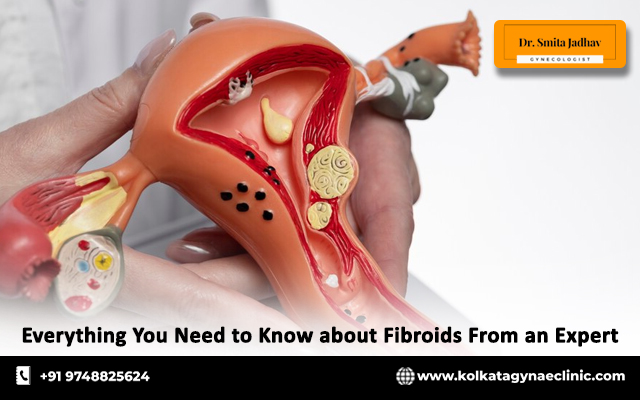Fibroids, or uterine fibroids or leiomyomas, are non-cancerous growths in or around the uterus. They can vary in size, number, and location, leading to different symptoms and health concerns. A leading lady gynecologist doctor in Saltlake explained that understanding fibroids is essential for managing their impact on your health.
What Are Fibroids?
Fibroids comprise muscle and fibrous tissue and can range from as small as a seed to as large as a grapefruit. They often grow in the uterine wall but can also protrude into the uterine cavity or outside the uterus. Although fibroids are usually benign, their size and location can cause various symptoms.
Symptoms of Fibroids
Not all women with fibroids experience symptoms. However, when symptoms do occur, they can include:
- Heavy menstrual bleeding: This can lead to anaemia and fatigue.
- Pelvic pain and pressure: Large fibroids can press on nearby organs, causing discomfort.
- Frequent urination: Fibroids pressing on the bladder can cause the need to urinate more often.
- Constipation: Fibroids pressing on the rectum can cause difficulty with bowel movements.
- Pain during intercourse: Fibroids near the vaginal canal can cause discomfort or pain.
- Lower back pain: Large fibroids can cause pain that radiates to the lower back.
Causes and Risk Factors
While the exact cause of fibroids is unknown, several factors can increase the risk of developing them:
- Hormones: Oestrogen and progesterone, which regulate the menstrual cycle, seem to promote the growth of fibroids.
- Genetics: A family history of fibroids can increase your risk.
- Age: Fibroids are most common in women aged 30-40 but can occur at any age.
- Ethnicity: African-American women are more likely to develop fibroids than women of other ethnicities.
- Lifestyle factors: Obesity, diet, and high blood pressure are linked to a higher risk of fibroids.
Diagnosis and Treatment
A female gynecology doctor in Saltlake can diagnose fibroids through a pelvic exam, ultrasound, or other imaging tests like MRI. Once diagnosed, treatment options vary based on the size and symptoms of the fibroids:
- Watchful waiting: If fibroids are small and not causing symptoms, regular monitoring might be all that’s needed.
- Medications: Hormonal treatments can help shrink fibroids and alleviate symptoms.
- Non-invasive procedures: MRI-guided focused ultrasound surgery (FUS) is a newer, non-invasive option.
- Minimally invasive procedures: Uterine artery embolization (UAE) and laparoscopic or robotic myomectomy can remove fibroids without a large incision.
- Traditional surgery: In severe cases, a hysterectomy (removal of the uterus) might be necessary.
Living with Fibroids
Living with fibroids can be challenging, but many women manage their symptoms effectively with the right treatment plan. Regular check-ups with a female gynecology doctor in Saltlake can help monitor the condition and adjust treatments.
Conclusion
Fibroids are a common condition that can significantly impact a woman’s quality of life. Understanding the symptoms, causes, and treatment options is crucial for managing this condition. Consulting with a lady gynecologist doctor in Saltlake can provide the personalized care and support needed to navigate this health issue.


